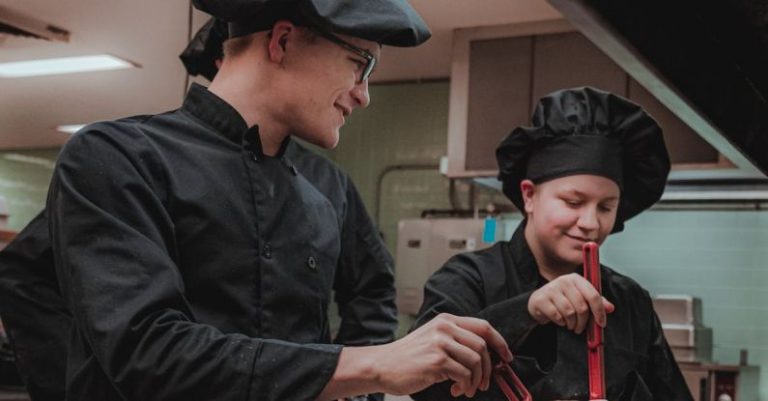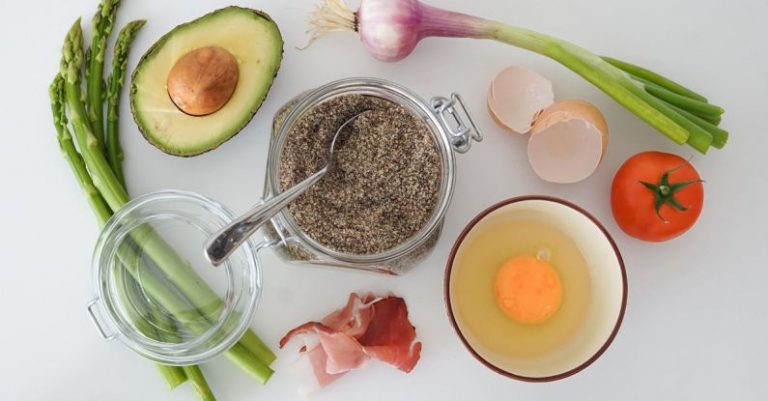
Families hold a treasure trove of culinary traditions that are passed down through generations, shaping the way we cook, eat, and bond with our loved ones. The art of preparing a special dish just like grandma used to make or following a secret recipe that has been guarded for years is a way for families to connect with their heritage and create lasting memories. But how exactly do families pass down these culinary traditions? Let’s delve into the intricate web of food, culture, and family ties that make up the rich tapestry of culinary heritage.
Preserving Recipes as Family Heirlooms
Recipes are the building blocks of culinary traditions, serving as a roadmap to recreate beloved dishes that have been enjoyed for decades. In many families, recipes are cherished as valuable heirlooms, passed down from one generation to the next with utmost care and reverence. These recipes are often handwritten on yellowing pages, stained with splatters of ingredients, and annotated with personal notes and anecdotes that add a touch of nostalgia to the cooking process.
The act of sharing a recipe is not merely about transferring a list of ingredients and instructions; it is a symbolic gesture that bridges the gap between past and present, connecting family members across time and space. Through these recipes, stories of ancestors come alive, flavors of childhood are rekindled, and a sense of continuity is maintained within the family unit.
Cooking Together: A Bonding Experience
Cooking together is a time-honored tradition that strengthens familial bonds and fosters a sense of togetherness. Whether it’s a holiday feast, a Sunday brunch, or a simple weeknight dinner, the act of preparing a meal as a family creates a shared experience that transcends mere sustenance. As parents, grandparents, children, and siblings gather in the kitchen, laughter, stories, and tips are exchanged, creating a warm and nurturing environment that nurtures not only the body but also the soul.
By working side by side in the kitchen, family members pass down culinary skills, techniques, and secrets that have been honed over generations. From kneading dough to seasoning a stew to mastering the perfect flip of a pancake, each culinary task becomes a lesson in tradition, heritage, and love. These shared cooking experiences create a sense of belonging and identity, grounding family members in their cultural roots and strengthening their connection to their culinary heritage.
Celebrating Food Rituals and Festivities
Food plays a central role in family rituals and celebrations, marking significant milestones and creating lasting memories. Whether it’s a birthday party, a wedding feast, or a religious holiday, special dishes and traditional recipes take center stage, infusing these occasions with a sense of continuity and tradition. These culinary rituals serve as a link to the past, carrying forward the flavors and aromas that have defined family gatherings for generations.
From the preparation of a signature dish to the setting of a festive table to the sharing of a meal with loved ones, food rituals create a sense of ritual and meaning that goes beyond mere consumption. These rituals are imbued with symbolism, cultural significance, and emotional resonance, reinforcing the bonds that tie family members together and creating a sense of shared history and heritage.
Embracing Change while Preserving Tradition
While culinary traditions are rooted in the past, they are not static entities; they evolve and adapt to changing times, tastes, and circumstances. As families grow and change, so too do their culinary traditions, incorporating new ingredients, techniques, and influences while still honoring the legacy of the past. In today’s fast-paced world, where fusion cuisine, food trends, and global flavors abound, families are finding ways to stay true to their culinary roots while embracing innovation and creativity in the kitchen.
By blending the old with the new, families are able to create a culinary tapestry that reflects their unique identity, history, and values. Whether it’s adding a modern twist to a traditional recipe, exploring new cooking methods, or incorporating ingredients from different cultures, families are finding ways to keep their culinary traditions alive and relevant in a rapidly changing world. This dynamic interplay between tradition and innovation ensures that culinary heritage remains a vibrant and integral part of family life, enriching the dining table with stories, flavors, and memories that will be cherished for years to come.





